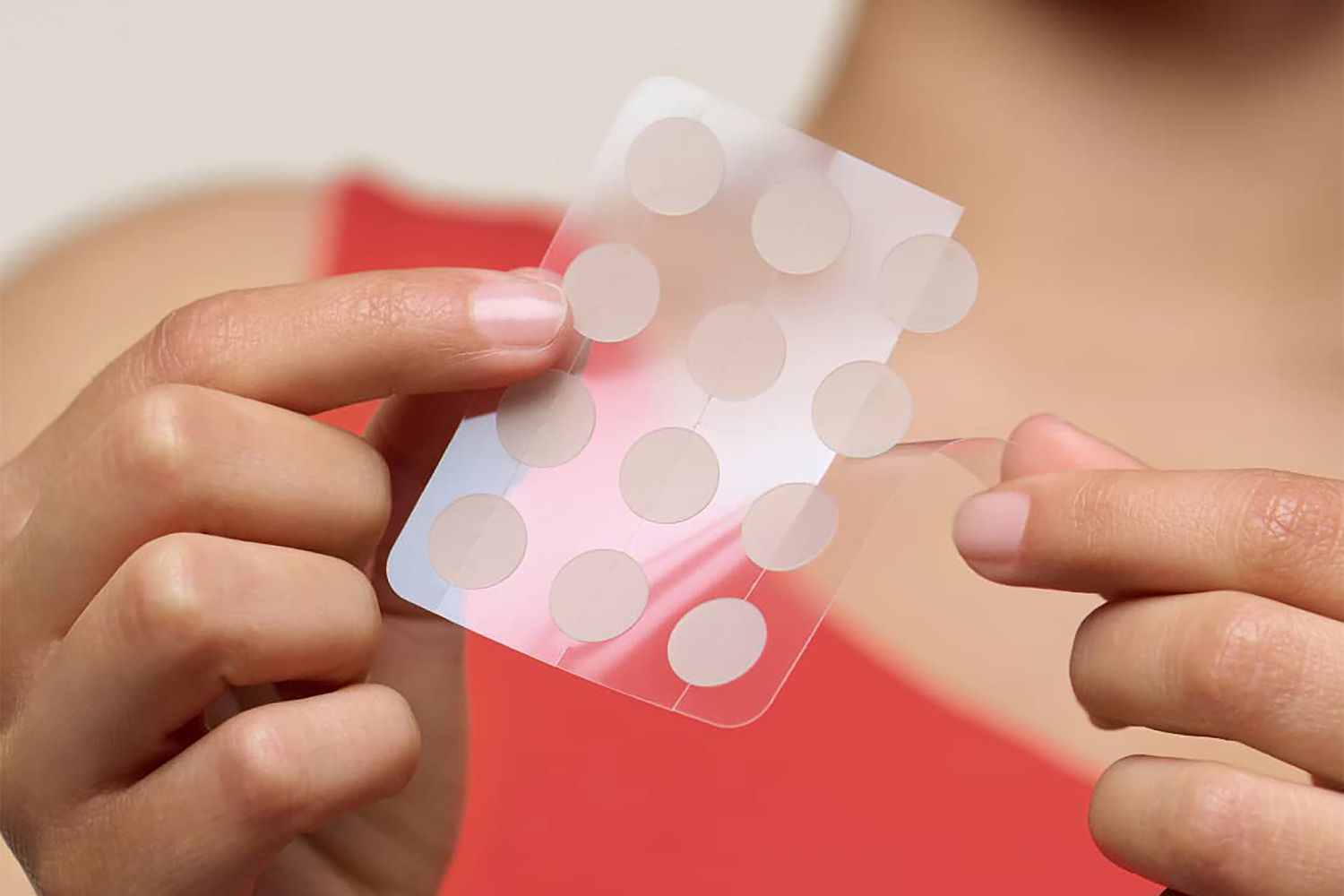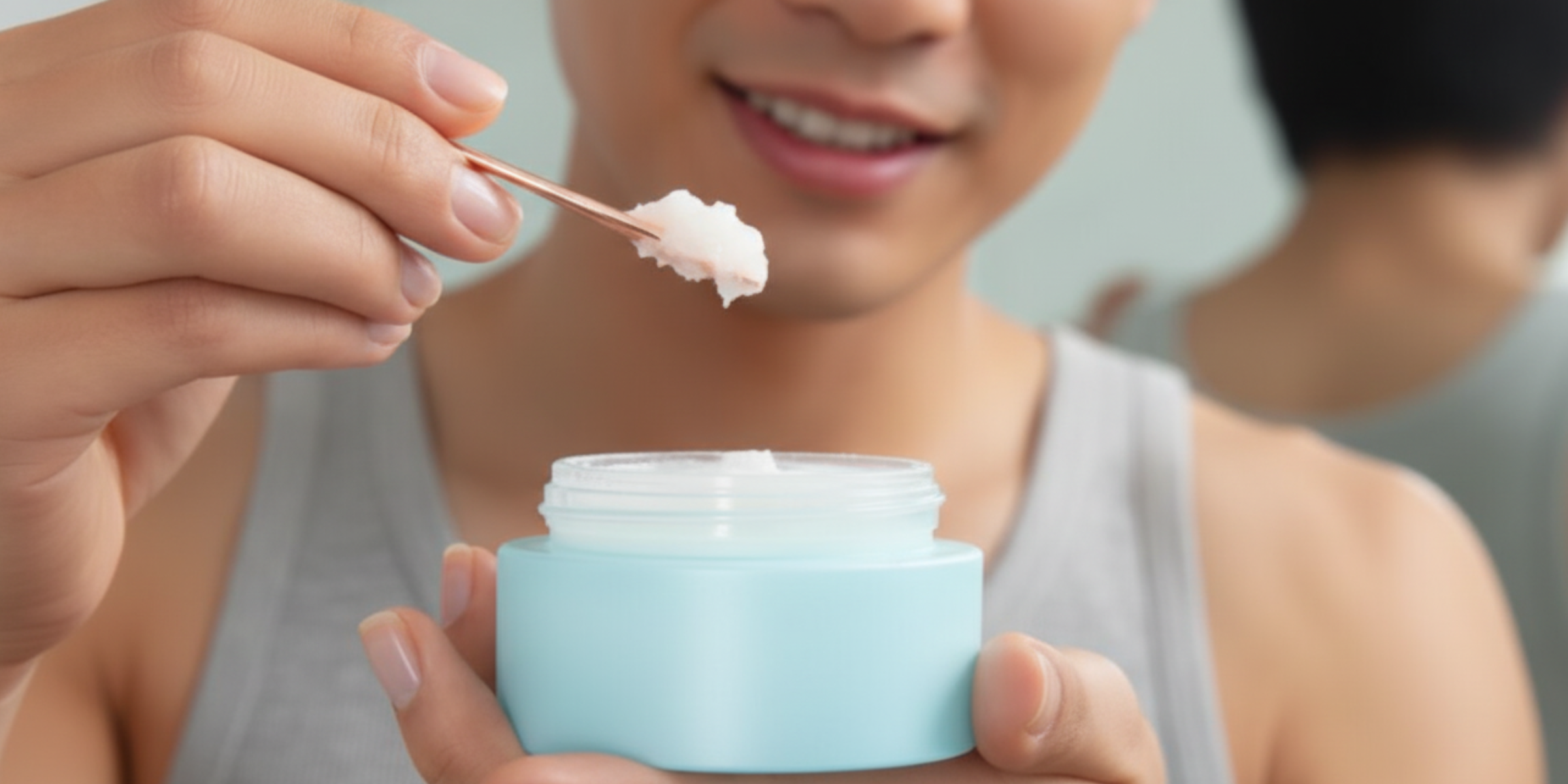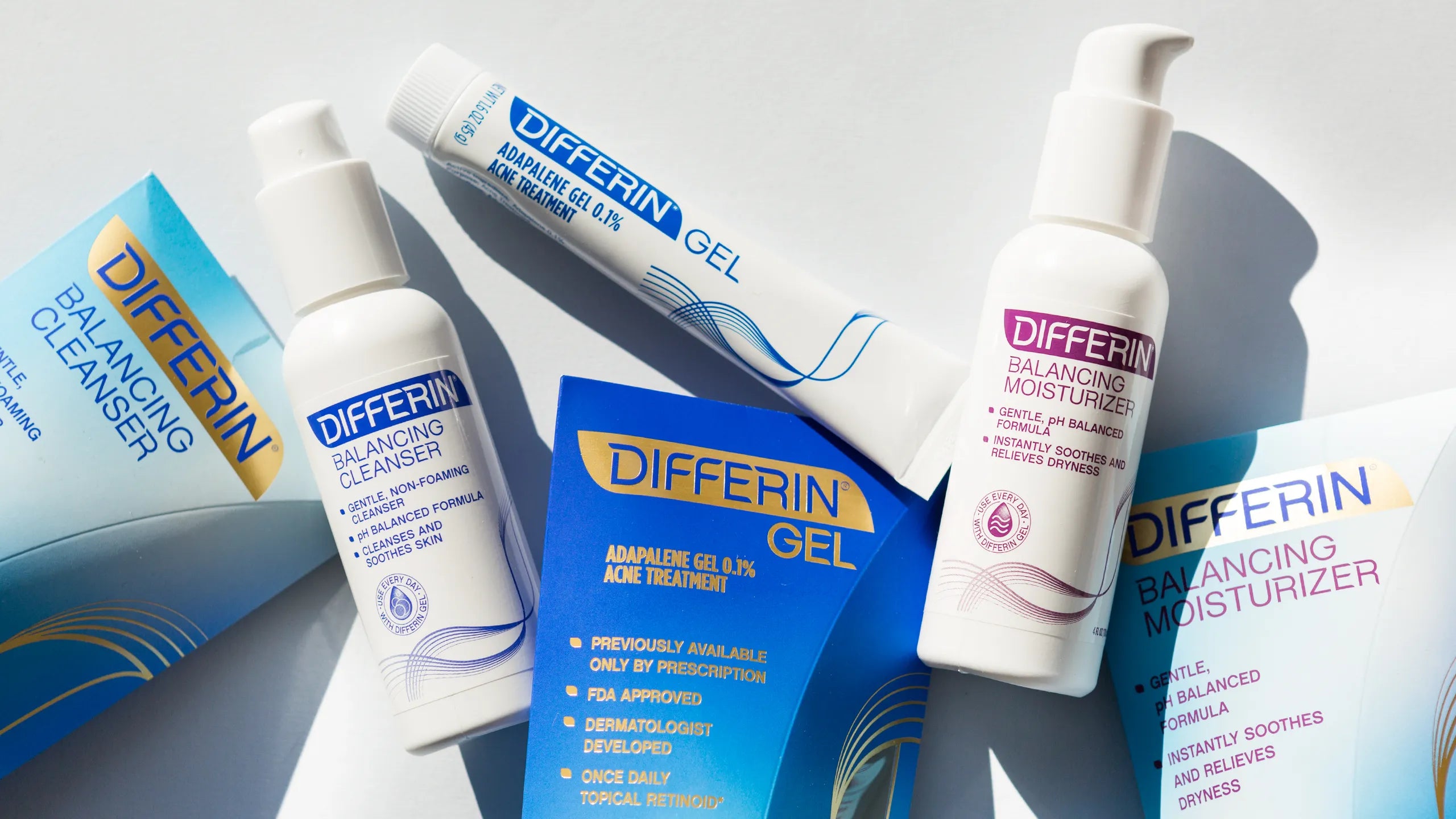
How Do Pimple Patches Work? The Science Behind Those Tiny Stickers
If you’ve ever had a breakout before a big event, you’ve probably reached for one of those tiny translucent stickers everyone’s obsessed with on TikTok — pimple patches. They promise to flatten, heal, and de-gunk pimples overnight. But how do pimple patches actually work? And do they really live up to the hype?
Turns out, there’s real science behind them. Pimple patches are more than just viral skincare accessories — they’re a simple, effective way to protect healing blemishes and speed up recovery when used correctly. Let’s break down exactly how they work, what’s inside them, and when you should (and shouldn’t) use them.

What Are Pimple Patches Made Of?
At the heart of nearly every pimple patch is hydrocolloid, a moisture-absorbing material originally used in hospitals to help wounds heal faster. When applied to a breakout, hydrocolloid creates a protective, moist environment that pulls out fluid (aka pus and oil) from your pimple while shielding it from dirt and bacteria.
Think of it like a mini vacuum that sucks out the gunk while keeping your skin barrier protected. That’s why when you peel it off, you’ll sometimes see a white spot in the center — it’s the fluid your patch absorbed.
Some pimple patches go a step further by adding acne-fighting ingredients like salicylic acid, tea tree oil, or niacinamide. These can help calm inflammation or reduce redness, though they’re best suited for those who can tolerate mild actives.
How Do Pimple Patches Work on Skin?

Here’s what happens when you stick one on:
-
Absorption: The hydrocolloid draws out excess fluid and pus from your blemish.
-
Protection: It acts as a physical barrier, preventing you from touching or picking — which can cause scarring and delay healing.
-
Moist Healing: The patch keeps the area hydrated, which supports faster recovery and helps prevent scabs.
-
Reduced Redness: By keeping bacteria out and inflammation down, the pimple often looks flatter and calmer overnight.
The result? A visibly smaller, smoother bump by morning — no picking required.
When Pimple Patches Work (and When They Don’t)

Pimple patches are great, but they’re not magic. They work best for surface-level pimples, like whiteheads or small pustules where fluid can be drawn out.
However, they won’t do much for deep, cystic acne or blackheads since those don’t have open surfaces for absorption. For those types of breakouts, focus on ingredients that calm inflammation and strengthen your barrier instead.
That’s where barrier-supporting products like Smood Beauty’s Problem Solver Gel-Cream Moisturizer and Calm Me Down Antioxidant Cleanser come in. They soothe irritation, balance oil, and help prevent the kind of inflammation that leads to cystic breakouts in the first place.
How to Use a Pimple Patch Correctly

Here’s how to make sure your patch actually works:
-
Cleanse your skin with a gentle, non-stripping cleanser (like Calm Me Down).
-
Dry the area completely — hydrocolloid won’t stick properly on damp skin.
-
Apply the patch directly onto the pimple, pressing gently to seal it.
-
Leave it on for at least 6–8 hours (overnight is best).
-
Remove and replace once the patch turns opaque or has a white center.
For an extra healing boost, apply a calming moisturizer afterward to keep the skin barrier hydrated.
Are Pimple Patches Safe for Sensitive Skin?

Most hydrocolloid patches are gentle enough for daily use, but it’s important to look for fragrance-free, non-drying options if you have sensitive or acne-prone skin. Some brands use adhesives that can cause mild irritation or redness — especially if you peel them off too quickly.
Pro tip: If your skin is reactive, skip patches with added actives and stick to plain hydrocolloid ones. Then, pair them with barrier-repairing products like Smood Beauty’s Problem Solver Gel-Cream Moisturizer, which uses 6 forms of hyaluronic acid, niacinamide, and ceramides to calm redness and restore hydration after patch removal.

The Takeaway
Pimple patches work by absorbing fluid, protecting your skin from bacteria, and creating the ideal healing environment for surface-level breakouts. They’re not a cure-all for every kind of acne, but when used properly, they can be a powerful (and satisfying) part of your routine.
And if you’re dealing with breakouts that go deeper than the surface, Smood Beauty’s gentle yet effective formulas are designed to target inflammation, soothe irritation, and strengthen your skin barrier for lasting clarity — no stickers required.



Leave a comment
This site is protected by hCaptcha and the hCaptcha Privacy Policy and Terms of Service apply.